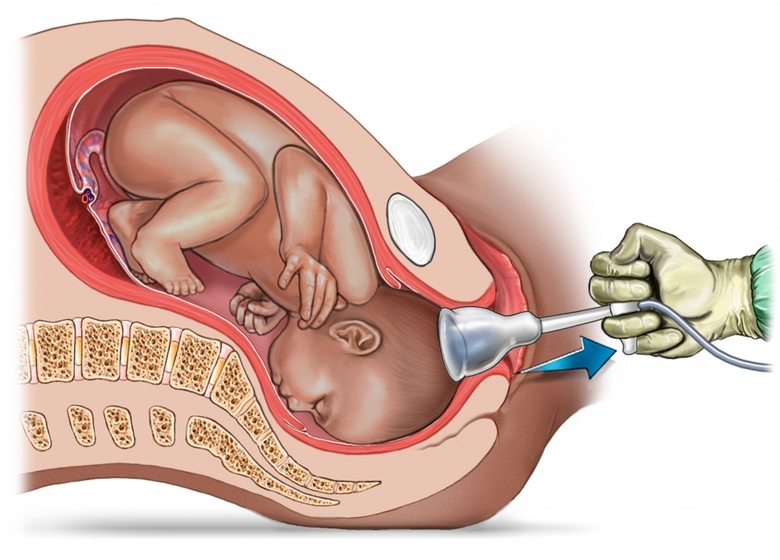Pregnancy is one of the most beautiful part of a woman’s life. Bearing all the consequences, those morning sicknesses, sleepless nights, increased weight, and many more things, but the joy of nurturing life in her makes all the pain worth it. During delivery she experiences immense pain, being happy and worried at the same time. A mom always wishes for normal delivery, but at times it may have difficulties. While the process of labour is going on, if during that time mother gets tired or the baby is experiencing some discomfort, that is when instrumental delivery can be performed. This will have two benefits first, the cesarean section can be avoided as it has its own pros and cons and second, the woman will have satisfaction as most of them desire normal vaginal delivery.
Instrumental delivery can be of two types: forceps delivery and vacuum-assisted delivery. Here, we will be discussing vacuum-assisted delivery. During vacuum–assisted vaginal delivery, a doctor uses a vacuum device that will help your baby to come out through the birth canal. The vacuum device uses a soft cup that attaches to the baby’s head with suction. This will create pressure, and the baby will be easily delivered.
Lets understand the procedure, indications and contraindications in more detail.
All You Need to Know about Vacuum Assisted Birth
PROCEDURE
Before starting the procedure, anesthesia will be given (if it was not given previously) following the protocols, they will proceed further.
Steps of vacuum-assisted delivery are as follows:
- In between contractions, the doctor will place the vacuum extractor’s cup onto your baby’s head.
- During contractions, the doctor will use the vacuum pump to create suction, which will generate required amount of pressure guiding the baby through the birth canal.
- After the baby’s head is delivered, the vacuum is reduced and the cup is removed .
- The delivery is then completed in a normal way.
As everything that is not natural, has some or other side effects, the same is the case with vacuum-assisted delivery.
Side effects to the baby are:
- Swelling on the scalp, which subsides naturally in few days(2-3 days mostly)
- Scalp abrasions can occur
- Retinal injury like Retinal hemorrhage, or bleeding in the back of the eyes. This is not a serious complication as such, as it will resolve in a few days automatically.
- light therapy can treat jaundice.
- skull fracture(rare)
Side effects to mother : The injuries to mother are uncommon but can occur like :
- injury to soft tissue of vagina or cervix
- Short-term difficulty while urinating
- anesthesia related complications (if general anesthesia used) like palpitations, hypotension etc.
- lower abdominal pain
Can brain damage occur because of vacuum-assisted delivery? it is not 100 percent proven that brain damage occurs, but rarely, this could be a possibility. Bleeding around the brain can occur (intracranial hemorrhage), cerebral palsy or intellectual disabilities. But these are the rarest complication, if a vacuum is used properly then chances of complications are decreased.
Let us put some light on the advantages it offers:
- it is comfortable and has lower rates of maternal trauma
- causes less pain
- Can rotate head of the baby
- post delivery, mother has less discomfort compared to forceps delivery.
- most importantly , it provides mother the satisfaction of normal delivery.
There are may other means also which assist delivery but this is comparatively better and is preferred as most of the females insist on vaginal delivery. After delivery, taking proper care of the mother and baby is important. Lastly, follow the instructions of your doctor as they are the ones who know what is best for you at that time.
